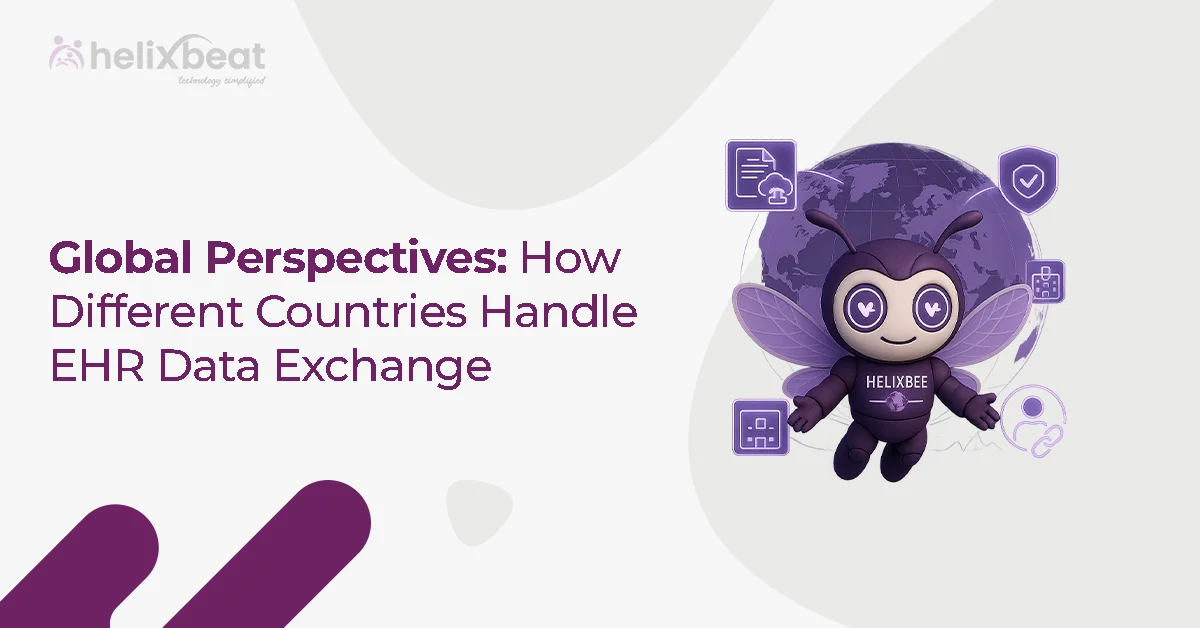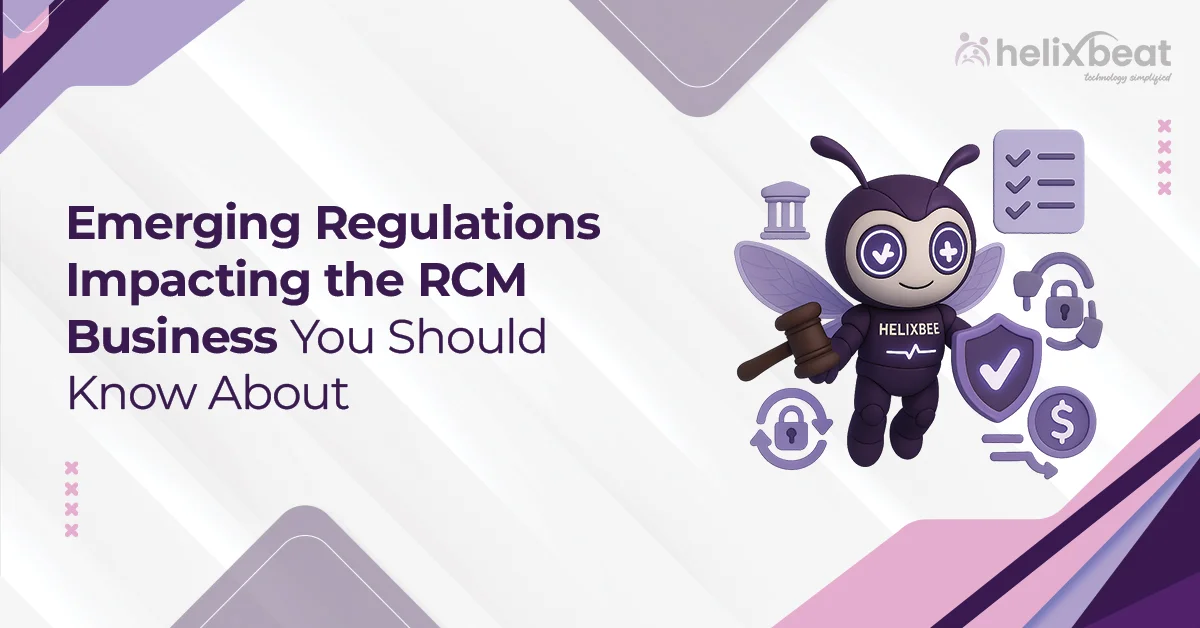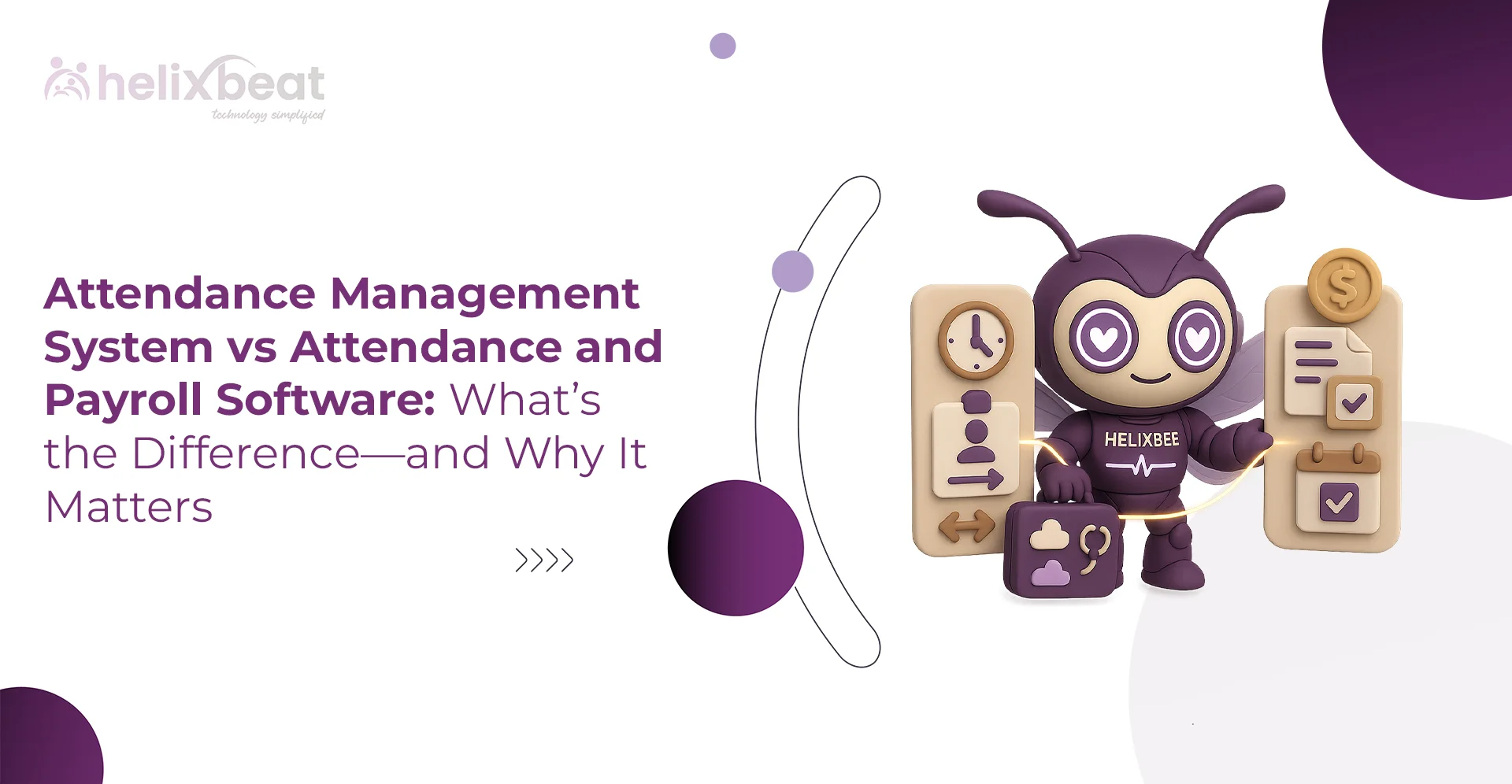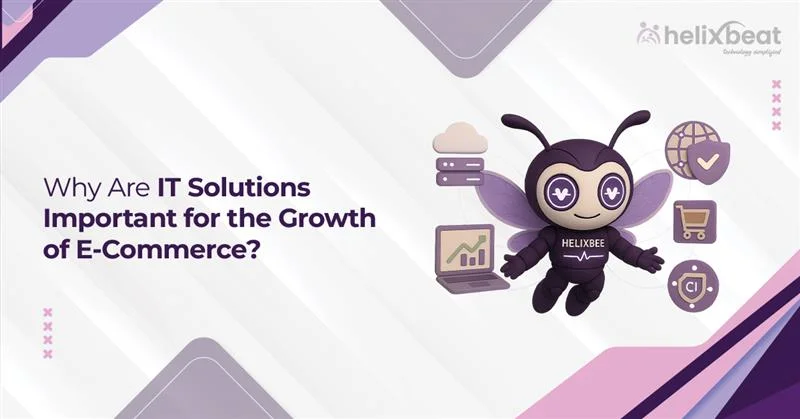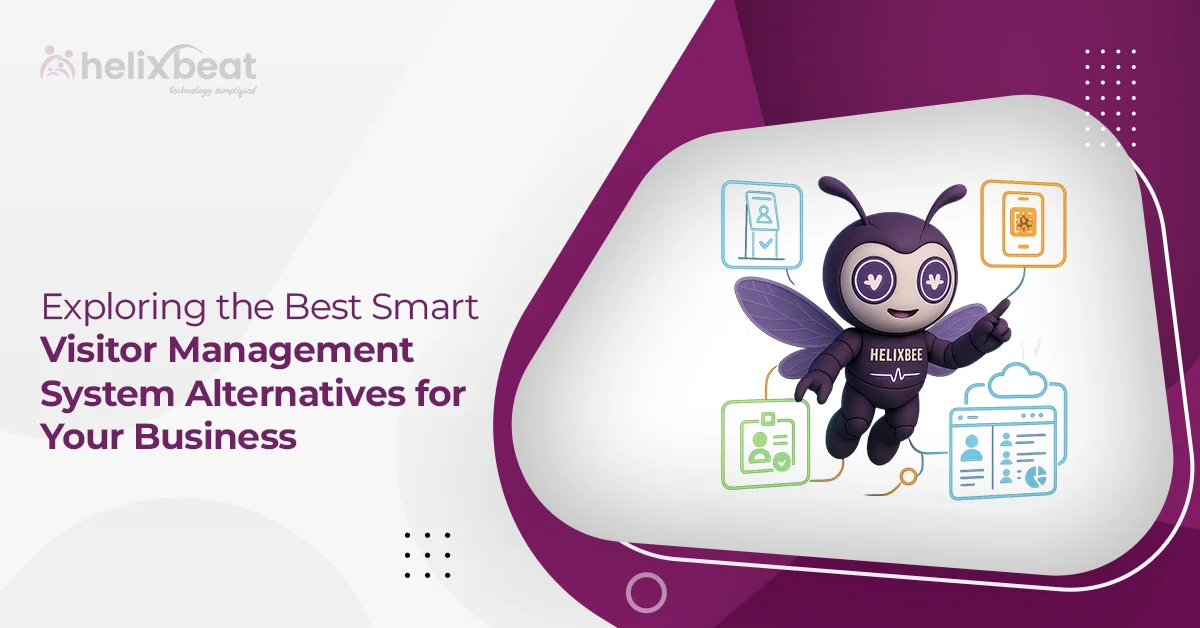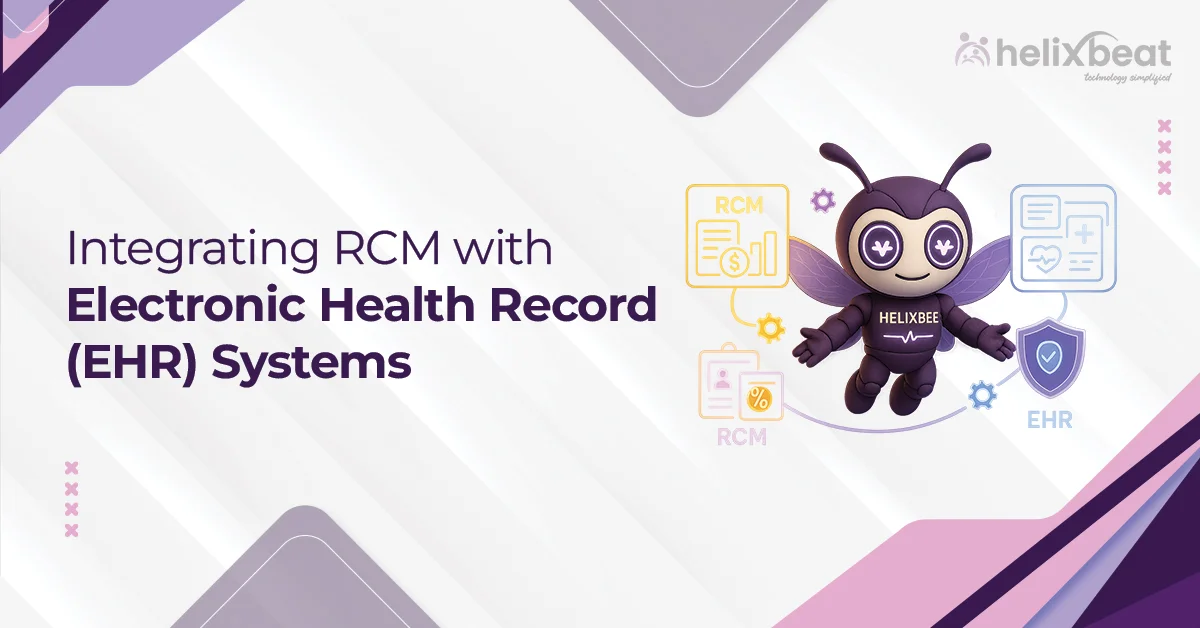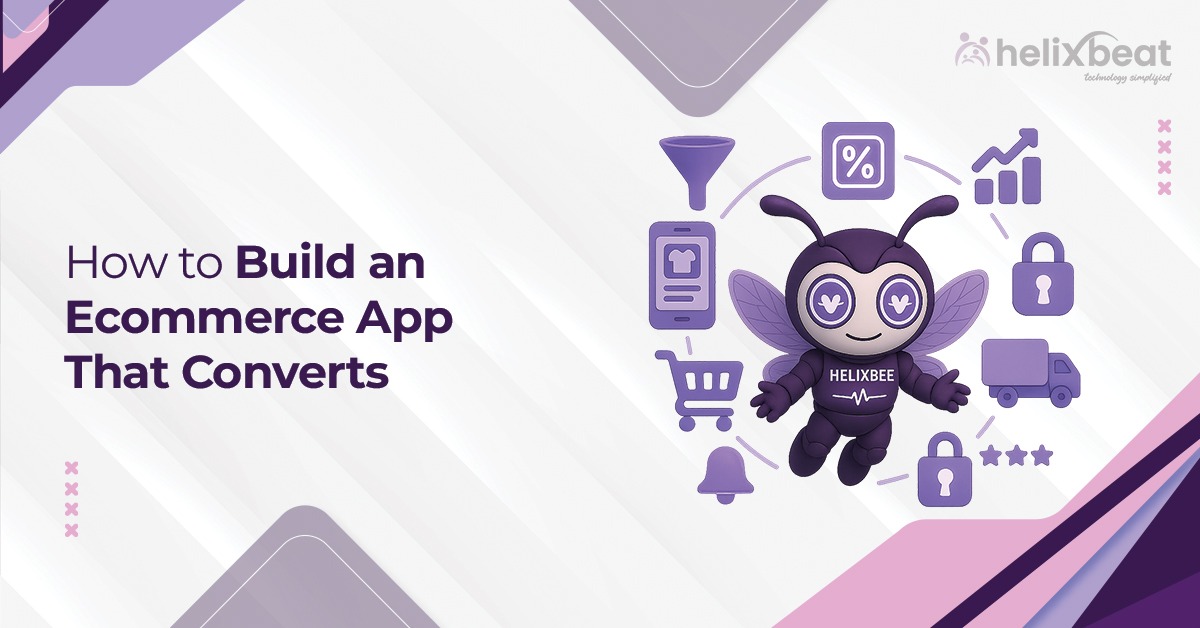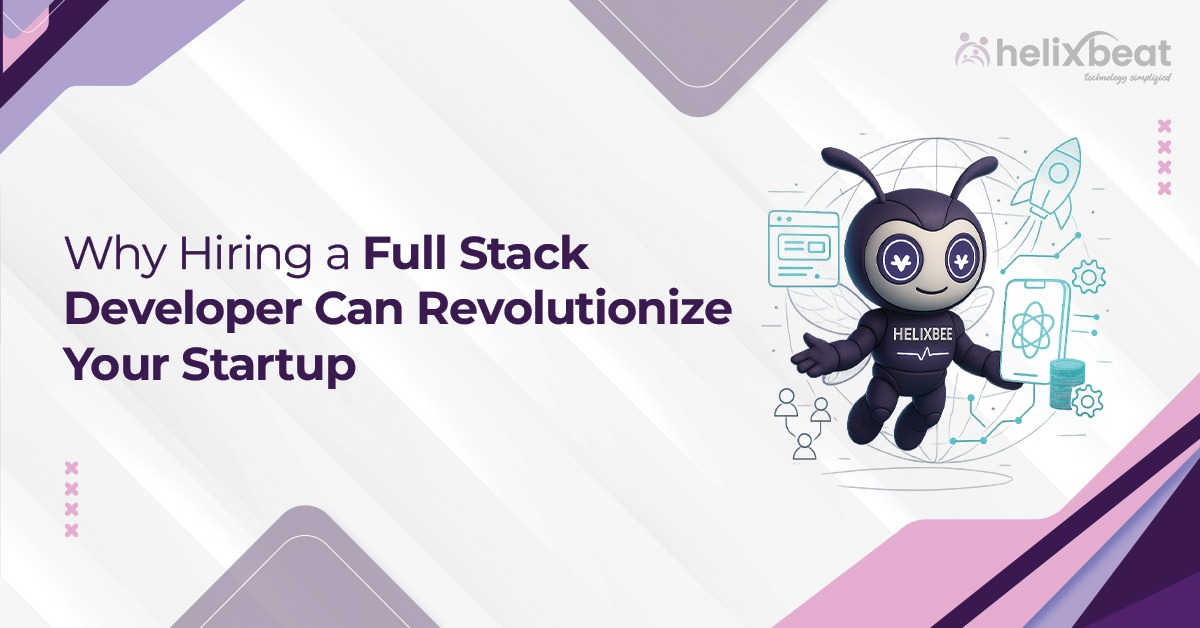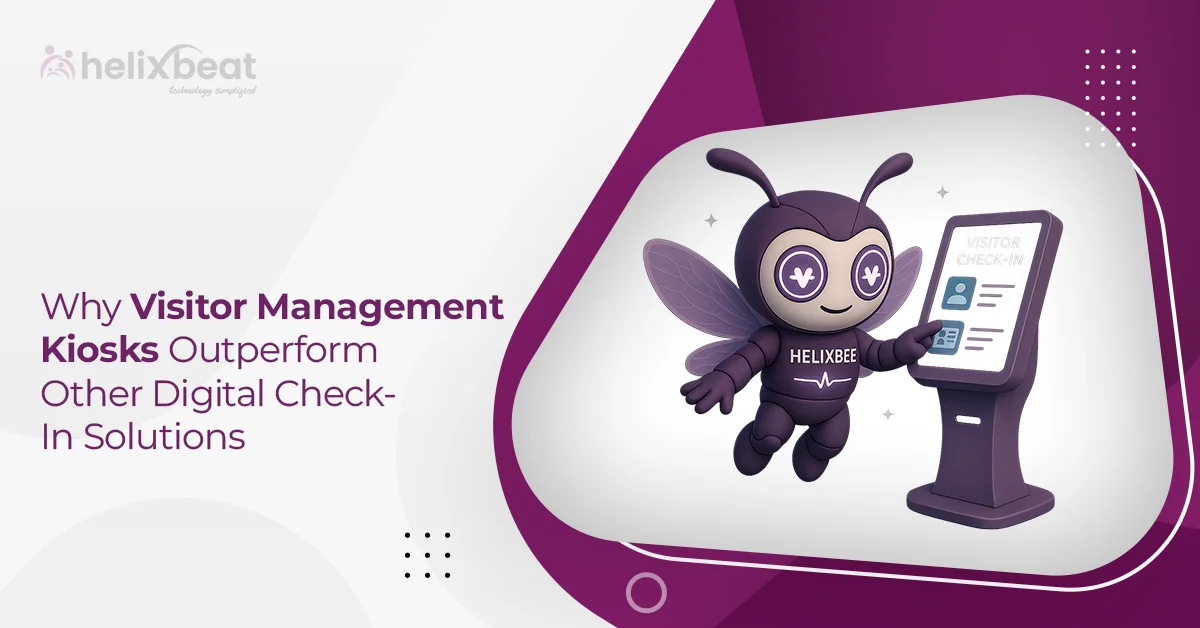The integration of voice technology and chatbots into patient management systems is revolutionizing how healthcare providers interact with patients. These innovations are enhancing communication, improving workflow efficiency, and reducing administrative burdens. With the increasing demand for improved patient experiences and operational efficiency, adopting AI-driven voice assistants and chatbots is becoming essential.
By integrating these technologies into their patient management systems, healthcare providers can address critical pain points, such as long wait times, miscommunication, and administrative inefficiencies. These tools can manage patient queries, provide real-time information, and even streamline appointments, resulting in better engagement and improved patient satisfaction.
Table of Contents
Key Components of AI Voice Technology
AI-powered voice technology is a key component of modern patient management systems. Here’s a breakdown of the key features that enable AI voice assistants to function effectively in healthcare:
- Speech Recognition: AI listens to patient inquiries and accurately converts speech to text for faster response times.
- Natural Language Processing (NLP): This allows voice assistants to understand and respond to human language, even in complex medical contexts.
- Machine Learning: AI systems continuously learn from patient interactions, improving the accuracy and efficiency of responses over time.
- Data Integration: Seamless integration with Electronic Health Records (EHR) and scheduling systems enables AI assistants to provide personalized patient care.
See how voice technology and chatbots can streamline your patient management system. Book a Free Demo!
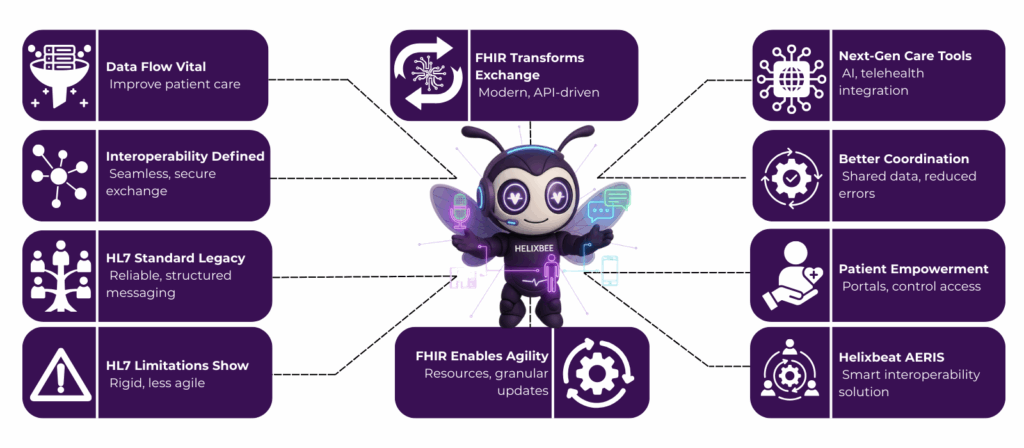
How Can Voice Technology Fill Gaps Exposed by the COVID-19 Pandemic?
Voice technology and chatbots are crucial in filling these gaps:
- Remote Consultations: Voice assistants can help patients schedule virtual appointments, reducing the need for in-person visits.
- Automated Communication: Chatbots and voice technology can handle administrative tasks, such as providing test results or answering frequently asked questions, reducing the burden on staff.
- Data Collection: Voice technology can help collect patient data (e.g., symptoms, medical history) remotely, allowing healthcare providers to better prepare for patient consultations.
Advantages of Virtual Assistants (VAs) in Healthcare
Voice technology and chatbots are crucial in filling these gaps:
- Remote Consultations: Voice assistants can help patients schedule virtual appointments, reducing the need for in-person visits.
- Automated Communication: Chatbots and voice technology can handle administrative tasks, such as providing test results or answering frequently asked questions, reducing the burden on staff.
- Data Collection: Voice technology can help collect patient data (e.g., symptoms, medical history) remotely, allowing healthcare providers to better prepare for patient consultations.
Risks and Challenges of Chatbots in Healthcare
While chatbots offer many benefits in healthcare, such as improved patient engagement and reduced administrative workload, several risks and challenges must be considered when implementing them into patient management systems:
- Data Privacy and Security Concerns
Chatbots handle sensitive patient information, and if not properly secured, there’s a risk of data breaches. Ensuring compliance with regulations such as HIPAA is crucial to safeguarding patient privacy.
- Limited Understanding of Complex Queries
While chatbots are good at answering routine questions, they can struggle with complex medical inquiries. This limitation may frustrate patients and lead to a lack of trust in the system.
- Over-reliance on Automation
Relying too heavily on chatbots may result in reduced human interaction, which is crucial for providing personalized care in certain situations. Some patients may prefer speaking to a healthcare professional rather than interacting with a bot.
- Inaccurate Responses or Misinterpretation
Chatbots are based on programmed algorithms, and they may not always provide the most accurate or contextually appropriate responses. Inaccuracies can lead to misunderstandings and potentially harmful consequences in patient care.
- High Initial Setup and Maintenance Costs
Implementing an AI-powered chatbot system can require significant upfront investment in technology, development, and training. Ongoing maintenance and updates are also necessary to ensure the system remains effective and secure.
- Integration with Existing Systems
Chatbots must be integrated with other patient management systems, such as Electronic Health Records (EHR), to provide accurate and up-to-date information. Integration can sometimes be complex and require additional technical resources.
Improving Patient Communication and Engagement with Voice Technology & Chatbots
Voice technology and chatbots enhance patient communication and engagement in several impactful ways:
- Instant Access to Information: Patients can instantly receive updates on appointment status, test results, and general inquiries through voice-enabled systems.
- Real-time Assistance: Chatbots can provide immediate assistance, guiding patients through symptom checking, appointment booking, and post-care instructions.
- Increased Accessibility: These technologies cater to patients with diverse needs, such as those who prefer voice interactions or require accessibility features like speech-to-text capabilities.
AI Voice Technology and Workflow Automation in Healthcare Settings
AI voice technology isn’t just about improving communication; it also plays a vital role in workflow automation:
- Automating Routine Tasks: Voice assistants can handle repetitive tasks such as appointment reminders, patient check-ins, and billing inquiries, freeing up staff to focus on more complex tasks.
- Faster Data Entry: AI voice technology can streamline data entry, reducing human error and improving the accuracy of patient records.
- Integration with EHR Systems: Voice assistants can integrate with Electronic Health Records (EHRs) to quickly retrieve patient information, assisting clinicians during patient visits.
Ready to boost your patient management system with AI-powered voice technology? Get Started with PULSE!
Examples of AI Voice Technology in U.S. Healthcare
Several healthcare providers and tech companies are leading the charge with innovative solutions that enhance patient care and streamline operations. These advancements are transforming the way patients interact with healthcare systems and how care is delivered.
- Clearstep’s Virtual Triage System
Clearstep’s Virtual Triage System uses AI-powered voice technology to assess patient symptoms and guide them through appropriate care pathways. This system helps reduce wait times by quickly providing patients with initial assessments and directing them to the proper care options, whether it’s a telehealth consultation or an in-person visit.
- Sensely’s Virtual Nurse Molly
Sensely’s Virtual Nurse Molly is an AI-driven healthcare assistant that provides patients with symptom checking, medication reminders, and care guidance via voice and chat. The system integrates with electronic health records to deliver personalized, real-time advice, improving patient engagement and ensuring timely interventions.
- IBM Watsonx™ Assistant
IBM Watsonx™ Assistant brings advanced AI voice technology to healthcare organizations by offering conversational AI capabilities that help patients navigate healthcare services. With Watsonx™ Assistant, healthcare providers can automate appointment scheduling, offer 24/7 support, and provide quick answers to patient queries, all while ensuring compliance with industry regulations.
Advantages & Disadvantages of Chatbots in the Healthcare Industry
Chatbots are revolutionizing patient management systems by offering several advantages in the healthcare sector:
| Advantages | Disadvantages |
| 24/7 Availability: Chatbots can provide round-the-clock assistance, answering patient queries and handling appointments at any time. | Limited Understanding: Chatbots may struggle with complex medical inquiries, leading to frustration or incorrect information. |
| Cost Efficiency: Automating administrative tasks reduces the need for additional staff, leading to cost savings for healthcare providers. | Lack of Human Touch: While effective for simple tasks, chatbots cannot replace the empathy and care provided by human healthcare professionals. |
| Quick Response Times: Chatbots can handle multiple queries simultaneously, ensuring quick responses and reducing patient wait times. | Data Privacy Concerns: Ensuring compliance with regulations like HIPAA is essential to protect patient data, which can be a challenge for some chatbot systems. |
| Improved Patient Engagement: Chatbots can provide patients with personalized responses, reminders, and updates, thereby enhancing the overall patient experience. | Overreliance on Automation: Excessive use of chatbots may result in patients feeling disconnected from their healthcare provider, leading to dissatisfaction. |
| Task Automation: Routine tasks such as appointment scheduling, reminders, and answering FAQs can be automated, reducing the administrative burden on staff. | Technical Limitations: Some chatbots may encounter difficulties in comprehending various dialects, slang, or medical terminology, which could result in miscommunication. |
Conclusion
The integration of voice technology and chatbots into patient management systems is transforming healthcare delivery. These innovations enhance patient communication, improve operational efficiency, and provide valuable insights into patient needs.
With technologies like PULSE by HelixBeat, healthcare providers can create seamless, personalized experiences that enhance patient engagement, reduce administrative burdens, and ultimately lead to improved patient outcomes.
Enhance your patient management system today with PULSE’s voice technology and chatbot features. Sign Up for a Demo!
FAQs
- What is a patient management system?
A patient management system is a software solution that enables healthcare providers to efficiently manage patient information, appointments, billing, and communication. It improves workflow efficiency and patient care.
- How does voice technology improve patient management?
Voice technology improves patient management by allowing patients to interact with their healthcare providers using natural language. It streamlines processes such as scheduling, appointment reminders, and responding to patient queries.
- What are the benefits of chatbots in healthcare?
Chatbots provide 24/7 support, handle repetitive tasks, and improve patient engagement. They also help reduce administrative costs and increase the overall efficiency of healthcare providers.
- Can voice technology integrate with Electronic Health Records (EHR)?
Yes, AI-powered voice technology can integrate seamlessly with EHR systems, enabling healthcare providers to access patient information and improve patient care during visits quickly.
- Are chatbots secure for handling patient data?
Chatbots designed for healthcare must comply with data security standards, such as HIPAA, to ensure that patient data is protected. Security features include end-to-end encryption and data anonymization.
- How do voice assistants help with workflow automation?
Voice assistants automate routine tasks, such as appointment scheduling, reminders, and patient check-ins, thereby reducing the workload on healthcare staff and improving operational efficiency.
- What are the risks of using chatbots in healthcare?
The primary risks include data privacy concerns, the potential for incorrect information, and the need for human oversight in complex medical situations to avoid errors.
- How can voice technology enhance patient communication?
Voice technology offers patients quick and easy access to healthcare information, enabling them to schedule appointments, receive test results, and manage their health in real-time.
- What are the advantages of integrating voice assistants in healthcare?
Voice assistants offer benefits such as faster response times, improved patient satisfaction, and reduced administrative workload, allowing healthcare providers to focus on more complex tasks.
- How can chatbots improve patient engagement?
Chatbots engage patients by offering 24/7 communication, personalized responses, and quick access to healthcare services, resulting in higher patient satisfaction and improved health outcomes.
- Is PULSE suitable for multi-location healthcare practices?
Yes, PULSE is scalable and can easily manage patient data and communication across multiple locations, ensuring consistent patient experiences regardless of location.
- How can I get started with PULSE?
Getting started with PULSE is simple! [Sign up for a free demo] and see how our AI-powered solutions can improve your patient management system.





